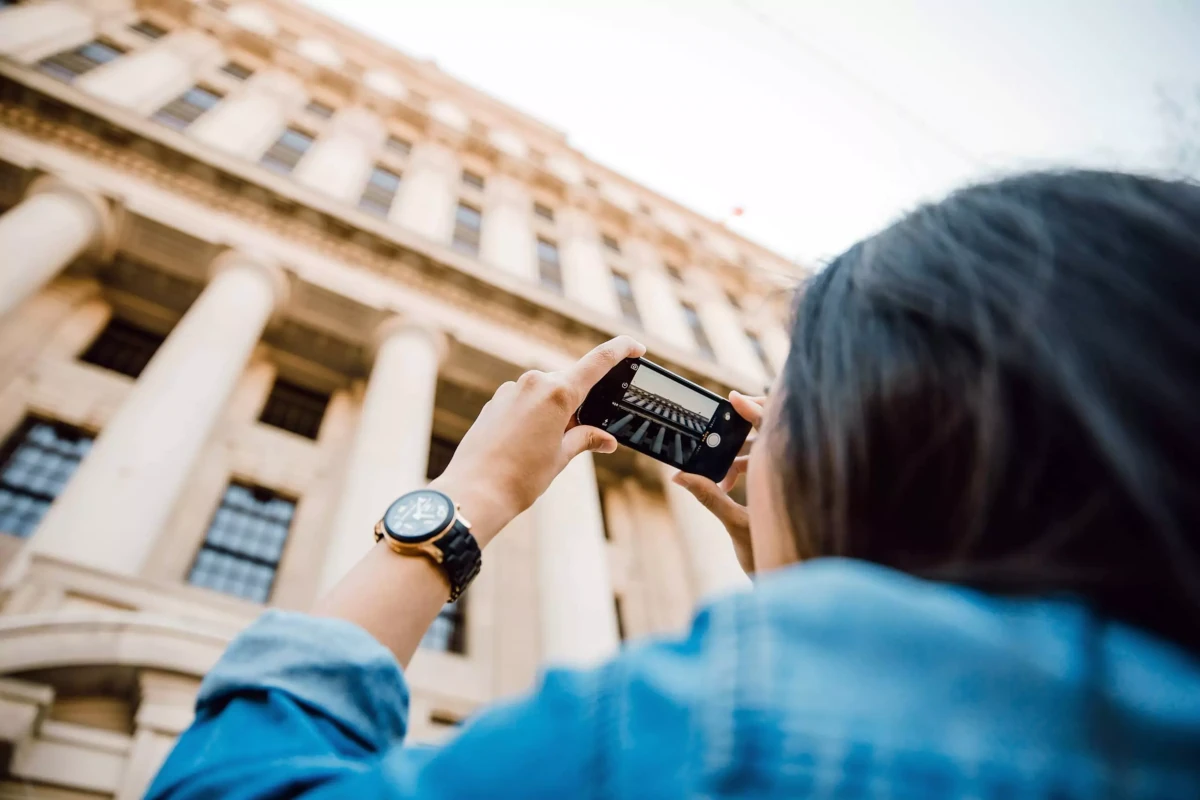Video Production: A Powerful Tool for Business Communication
Video production is a powerful tool that can significantly improve both internal and external communication for businesses. When professionally produced, videos capture attention, convey complex messages clearly, and create emotional connections that text alone cannot achieve. The combination of visual imagery, sound, and motion makes information more memorable and engaging for employees, customers, and stakeholders alike. Through a co-creation approach, where your team records content and professional editors handle the finishing touches, organizations can efficiently scale their video communication strategy while maintaining authenticity and professional quality.
What role does video play in modern business communication?
Video has evolved from a nice-to-have luxury to an essential communication medium in today’s business environment. With remote work becoming commonplace and attention spans shortening, video bridges gaps that traditional communication methods struggle with.
The visual nature of video makes complex information more digestible and memorable. When employees or customers see something rather than just read about it, their comprehension and retention increase. This is particularly valuable when explaining technical concepts, demonstrating processes, or sharing company values.
Video also adds a human element to communication that text-based methods lack. Seeing facial expressions, hearing tone of voice, and observing body language creates connections that foster trust and understanding between parties, whether they’re colleagues or customers.
In the digital landscape, video content is increasingly favoured by algorithms on social platforms and search engines, giving businesses that use video greater visibility and reach with their messages.
How can video enhance internal communication within organizations?
Video transforms internal communication by making company information more engaging and accessible across all levels of an organization.
- Captures attention more effectively than lengthy text emails
- Bridges physical distances for remote or distributed teams
- Makes executive messages feel more personal and authentic
- Enhances training and knowledge sharing through visual demonstrations
- Increases engagement rates for important updates and announcements
- Breaks down departmental silos by showcasing work visually
- Fosters greater cross-functional understanding and collaboration
What makes video effective for external communication with customers and stakeholders?
Video builds trust and credibility with external audiences in ways that other communication methods cannot match. When customers can see real people explaining products or services, it creates transparency and authenticity that builds confidence in your organization.
Complex offerings become simpler to understand through visual explanation, reducing confusion and helping potential customers grasp your value proposition more quickly. The emotional connection created through video helps your brand stand out in a crowded marketplace where most competitors rely on text and static images.
Video content is also highly shareable, extending the reach of your external communications beyond your immediate audience. Well-produced videos maintain consistent messaging across all touchpoints, ensuring customers receive the same information regardless of where they encounter your brand.
For stakeholders like investors or partners, video demonstrates professionalism and attention to detail, reflecting positively on your organization’s overall capabilities and commitment to quality communication.
How does co-creation simplify the video production process for businesses?
The co-creation model makes professional video production accessible and efficient for organizations of all sizes.
| Traditional Video Production | Co-Creation Approach |
|---|---|
| Requires coordination with external film crews | Your team records content at your convenience |
| Higher costs and longer production timelines | More time and cost-effective |
| External perspective may miss nuances of company culture | Leverages your team’s insider knowledge |
| Limited scalability due to resource constraints | Easily scalable once team members learn basic techniques |
| Potential authenticity gap | Maintains authenticity while ensuring professional quality |
This approach leverages your team’s insider knowledge while removing the technical burden of editing and production. By capturing authentic perspectives and combining them with professional editing expertise, the resulting videos feel genuine while maintaining high production standards.
What types of videos work best for improving organizational communication?
- Executive Messages: Share company vision, strategy updates, or address organizational changes, creating transparency and connection to leadership
- Training & Instructional Videos: Provide consistent, on-demand learning resources for onboarding, safety procedures, or technical processes
- Internal News Updates: Keep teams informed about developments, achievements, and upcoming events in an engaging format
- Project Updates & Team Showcases: Make work visible across the organization, breaking down silos between departments
- Product Demonstrations: Show rather than tell customers about your offerings
- Company Overviews: Communicate your value proposition to external stakeholders
- Explainer Videos: Break down complex concepts into accessible, engaging content
What are the key takeaways for businesses looking to improve communication through video?
- Prioritize consistency and quality in your video communication. Develop a regular cadence of content with professional standards to build audience expectation and engagement.
- Start with clear communication objectives rather than focusing on production complexity. Simple videos with valuable information outperform elaborate productions with unclear messaging.
- Invest in basic training for team members who will be recording content. Understanding fundamentals of lighting, stable footage, and clear audio dramatically improves raw footage quality.
- Implement a video branding toolkit to ensure visual consistency across all your videos, reinforcing your brand identity with each piece of content.
- Consider co-creation as a sustainable approach to scaling your video communication, combining your team’s authentic knowledge with professional editing services.
Remember that effective communication is ultimately about connection – video simply provides one of the most powerful means to create that connection with your audience, whether they’re employees, customers, or other stakeholders.
If you’re interested in learning more, contact our team today



